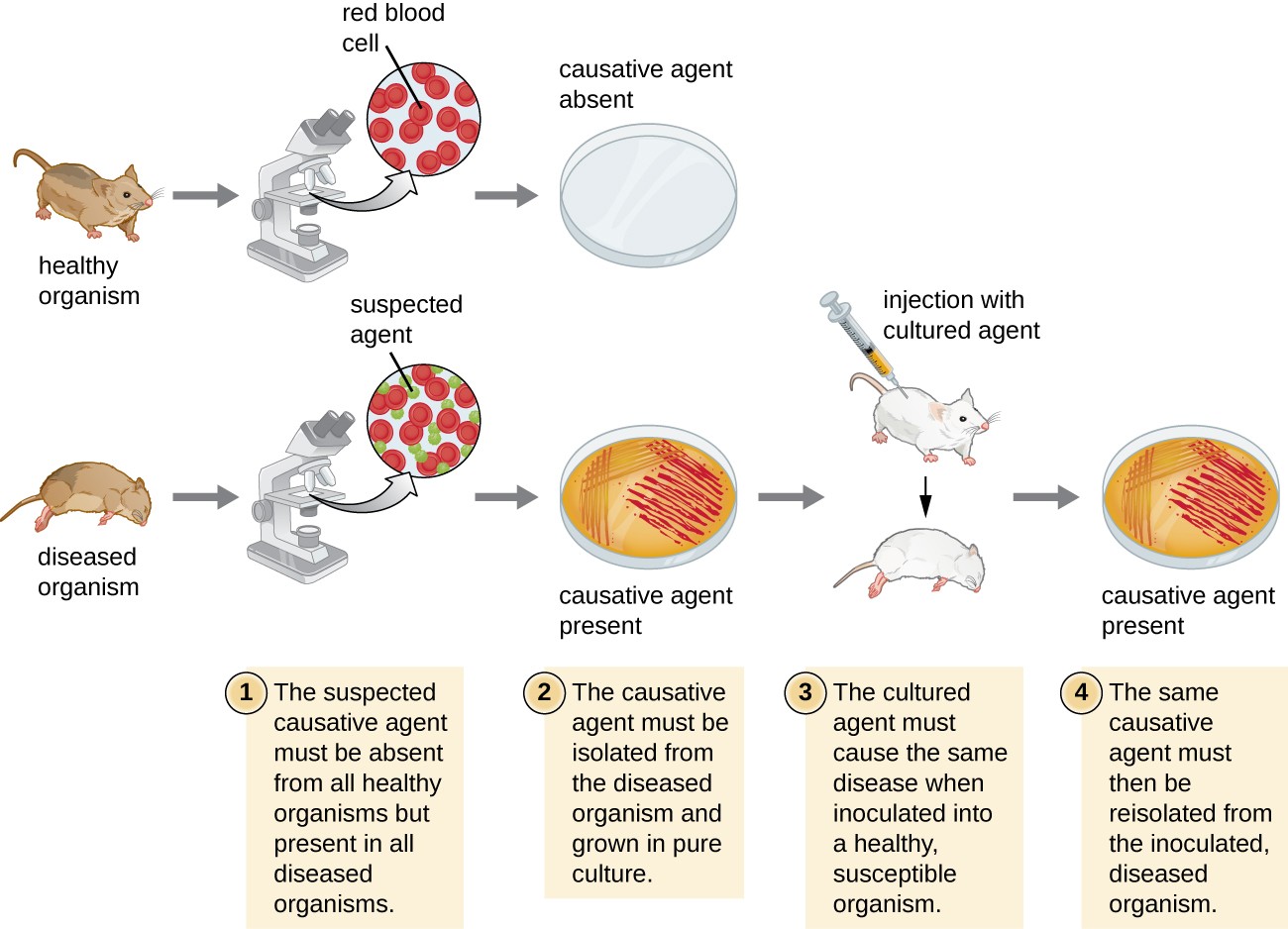They are very diverse have a variety of shapes and. Pathogens and Other Microorganisms.

What Is Bacteria Good Vs Bad Benefits And Common Types
Pathogens and Other Microorganisms Active.

. This article focuses on the bacteria that are pathogenic to humans. Virulence factors aggravate the defense mechanisms of the host to establish infections. Bacteria are microorganisms made of a single cell.
Which best describes. Most species of bacteria are harmless and are often beneficial but others can cause infectious diseases. The injurious microorganisms include viruses bacteria mycobacteria fungi protozoa and some helminths.
The USGS works to monitor and assess how disease-causing pathogens enter our water and help those who manage drinking and wastewater facilities prevent and treat these viruses bacteria algal toxins and other microorganisms. The virus must be a pathogen. A An organism that causes infection and disease BAn immunity developed after an exposureCA medication with a harmful effect DA study of the origins of infection and disease.
There are millions of different fungal species. Bacteria are microscopic pathogens that reproduce rapidly after entering the body. The organism cannot produce protein.
They can release toxins that damage tissues and cause illness. A pathogen infects an organism. Which of these statements best describes a pathogen.
Which statement best describes the general effect of the infection on the organism. Pathogenic microorganisms may be carried from one host to another as follows. This term refers to a microbe that causes disease only when the body is already compromised in some way-virulence.
They use light energy to oxidize hydrogen sulfide producing sulfur and sulfuric acid. This report addresses the several varieties of virulence. A an organism capable of producing disease in a susceptible host b an organism which utilizes inorganic compounds for nutrition c an organism which carries Rocky Mountain spotted fever.
Pathogenic bacteria are bacteria that are capable of causing disease or death. The organism cannot obtain energy. Pathogenic Microorganisms DiseasesPathogens Associated with Antimicrobial Resistance A growing number of disease-causing organisms also known as pathogens are resistant to one or more antimicrobial drugs.
Infectious diseases triggered by most of these organisms begin by a process known as colonization whereby the proliferating organism becomes established on the skin or mucous membranes before it spreads through the body and causes infectionHowever there are some exceptions as some microorganisms begin. This is a plant cell 5. Which term best describes the relationship between pathogenic bacteria and humans.
Antigen-presenting cells display parts of a pathogenic bacteria to T Helper cells on membrane proteins called MMH type II CR OO MMH type I BCR QA Select all correct answers as they apply to the picture of a cell above. The organism cannot reproduce. After World War I an outbreak of the Spanish Flu killed 50 million to 100 million people around the world.
Five pathogenic bacteria include Bacillus Spirochetes Rickettsia Staphylococcus aureus and Escherichia coli. Which best compares bacteria and viruses. E a source of microbial contamination.
What are some examples of eukarytotes. D a microorganism that may cause a disease under certain circumstances. Bacteria cause disease but viruses do not.
Brief Mechanism of Infectious Diseases. This term refers to a microbe that causes disease in otherwise healthy individuals-opportunistic pathogen. Most bacteria are not pathogenic.
Viruses are made up of a piece of genetic code such as DNA or RNA and protected by a coating of protein. This is an animal cell 3. Bacteria are smaller than viruses.
Pathogens of all classes must have mechanisms for entering their host and for evading immediate destruction by the host immune system. The nature and type of virulence factors determine the pathogenicity of microorganisms. Any microorganism capable of injuring its host eg by competing with it for metabolic resources destroying its cells or tissues or secreting toxins.
B any microorganism that causes disease. What different types of pathogenic microorganisms are there. 20 A pathogen is best described as.
The number of these pathogenic species in humans is estimated to be fewer than a hundred. Which best describes the metabolic activities of purple sulfur bacteria. Pathogenic microbes contain certain abilities to cause infections or diseases in hosts during interactions.
A a microorganism that remains with the person throughout life. This term refers to the degree of pathogenicity disease causing ability of a microbe. C an organism that remains in the body for a short time.
3 m n o is the nucleus 2. Infectious diseases are caused by pathogens which include bacteria fungi protozoa worms viruses and even infectious proteins called prions. Question 71 agent A coumpound that inhibits bacterial growth is called a O bacteriolytic O bacteriostatic xerophilic bacteriocidal Question 74 Which of the following will best describe antigens.
Question 70 Which of the following are pathogenic bacteria growing in humans. Pathogen types Viruses. Pathogenic bacteria are bacteria that can cause disease.
Viruses - have their own DNARNA but rely on a host cell to replicate. Which of the following is not a class within the phylum Proteobacteria. Prions - proteins with no genes Eg.
Clusters of round gram positive bacteria bacteria that is normal on the skin mucous membrane but can become pathogenic when the skin breaks. This is an eukaryotic cell 4. The organism experiences a disruption in homeostasis.

What Is Bacteria Good Vs Bad Benefits And Common Types

How Pathogens Cause Disease Microbiology

21 Bacterial Pathogenicity Biology Libretexts

Pathogenic Bacteria Study Guide Medical Laboratory Science Microbiology Study Microbiology
0 Comments